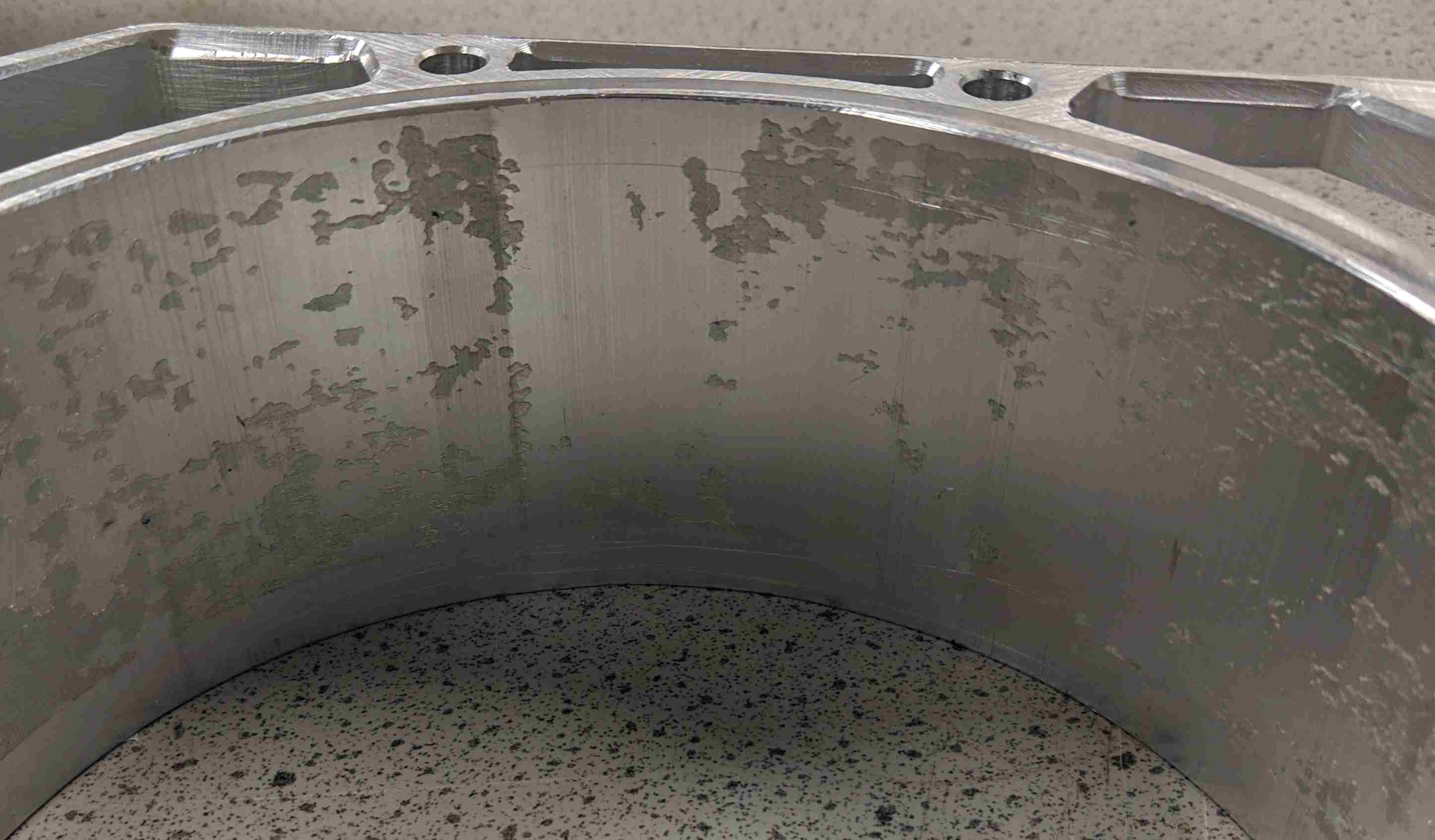Plating and Coating Failure with Plating Bath Chemistry
 Metals and even plastic materials can be coated by plating for corrosion protection, adhesion promotion or decorative reasons. In some cases protective oxides present naturally on a metal can be deliberately grown as with anodised aluminium and aluminium alloys. These platings can fail during manufacture or during functional life.
Metals and even plastic materials can be coated by plating for corrosion protection, adhesion promotion or decorative reasons. In some cases protective oxides present naturally on a metal can be deliberately grown as with anodised aluminium and aluminium alloys. These platings can fail during manufacture or during functional life.
LPD Lab Services has a lot of experience in failure investigation of these coating systems and plating bath chemistry. Examples of typical work includes:
- Measurements of the thickness of anodised aluminium coating by cross-sectional SEM/EDX.
- Delamination of anodised layers on aluminium engineering components.
- Anodised aluminium process optimisation using SEM/EDX to assess mechanical keying components to adhesion and XPS to investigate surface chemistry to evaluate for optimum adhesive joints and paint applications to minimise delamination.
- Electroless nickel plating and copper seed layer on plastic components cross section investigations.
- Galvanised zinc coating thickness measurements on steel by cross section by optical microscopy and SEM/EDX.
- Poor electroless nickel coating adhesion associated with organic or ionic contamination in the plating bath by GC-MS and ion chromatography.
- Electroplating failure investigations.
- Routine plating, CVD and PVD coating thickness measurements by XRF.
- Degradation of protective coating on die cast zinc.
- SEM Cross-sectional analysis of nickel plated collet.
- Assessments of pore and crack density of automotive chrome coatings.
- Coatings and layer measurement.

